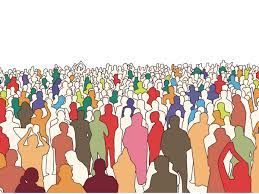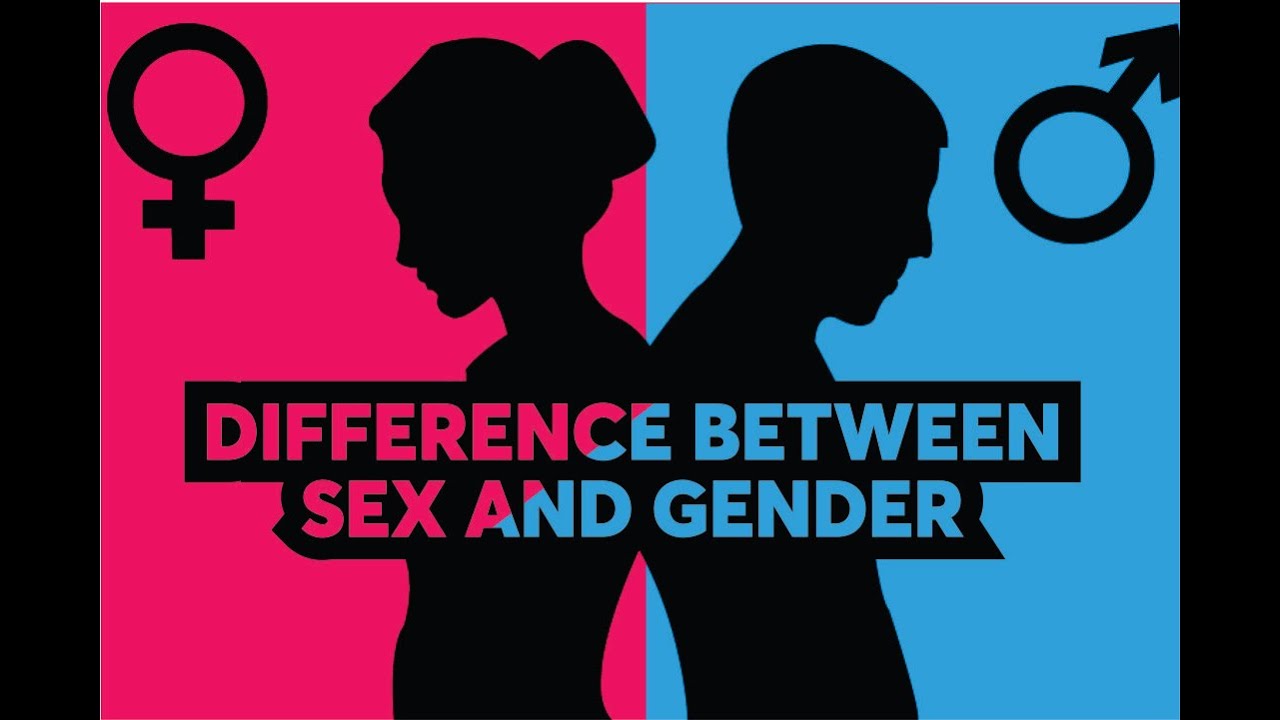
An occasional column leaning into the New Year
Being the festive season, your columnist thought it was time to spice up Lingua File a little and explain the difference between ‘sex’ and ‘gender’.
If you already understand the difference, there is no need to read on since this column contains nothing of prurient interest whatsoever.
While often used interchangeably, the words ‘sex' and 'gender' have different meanings.

Sex refers to a set of biological attributes in humans and animals. It is primarily associated with physical and physiological features including chromosomes, gene expression, hormone levels and function, and reproductive/sexual anatomy. Sex is usually categorized as female or male but there is variation in the biological attributes that comprise sex and how those attributes are expressed.
Being ‘intersex’ is a biological condition and an intersex person may have the biological attributes of both sexes, or lack some of the biological attributes considered necessary to be defined as one or the other sex. Intersex is always congenital and can originate from genetic, chromosomal or hormonal variations.
Gender refers to the socially constructed roles, behaviours, expressions and identities of girls, women, boys, men, and gender diverse people. A person’s gender refers to outward social markers, including their name, outward appearance, mannerisms and dress and influences how people perceive themselves and each other, how they act and interact, and the distribution of power and resources in society. Gender identity is not confined to a binary (girl/woman, boy/man) nor is it static; it exists along a continuum and can change over time. There is considerable diversity in how individuals and groups understand, experience and express gender through the roles they take on, the expectations placed on them, relations with others and the complex ways that gender is institutionalized in society.
A person’s sex and gender may not necessarily be the same. Some people may identify as a different gender to their birth sex and some people may identify as neither male nor female. People who are intersex may identify as male or female or as neither.
Sources: Canadian Institutes of Health Research - https://cihr-irsc.gc.ca/e/48642.html and Australian Government Guidelines on the Recognition of Sex and Gender, July 2013 - https://www.acon.org.au/wp-content/uploads/2015/04/AustralianGovernmentGuidelinesontheRecognitionofSexandGender-20132.pdf